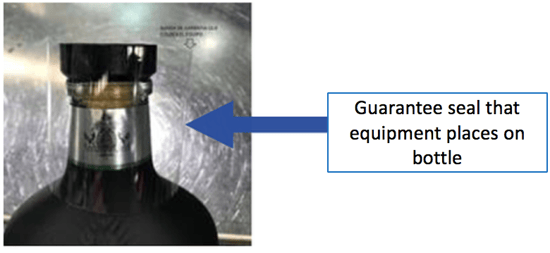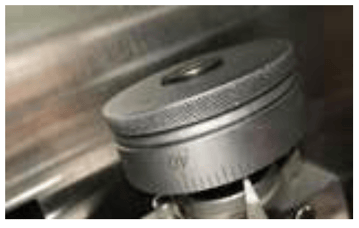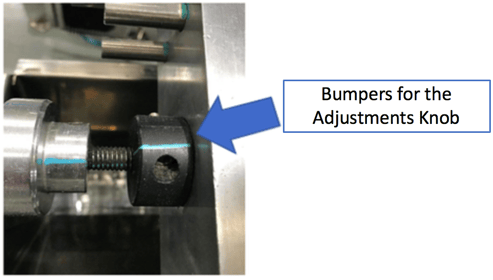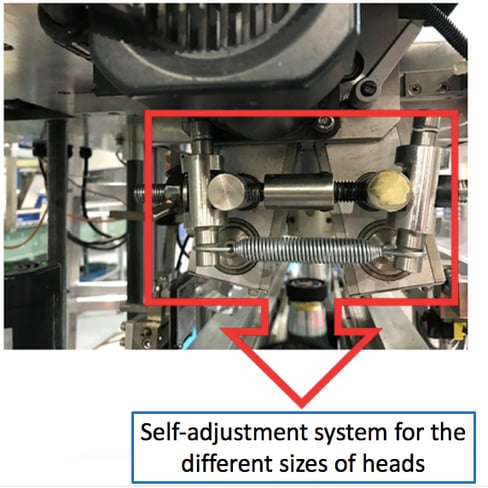How do we implement improvements in Sauza?
The purpose of this blog is to know which things we should keep in mind when our production equipment presents a chronic failure that causes micro stoppages.
We start from the fact that, for us, an improvement only comes after we've establishing and checked the basic conditions that the equipment must have. I will here describe both concepts.
Basic Conditions
They're correct operating conditions of the equipment which we call the 4M's:
- Machine
- Material
- Method
- Man
That is, we must keep on each:
- Machine: Proper cleaning, tightening and lubrication
- Material: Proper specifications within parameters
- Method: A sequence and a way of doing it right
- Men (operation): Right parameters.
Improvements
We run "improvements" when it's hard to maintain any of the M's mentioned above, that is, when the equipment continually fails these basic conditions, or when there are changes in the products.
How do we carry out improvements?
- We first study the needs
- We then study the parameters of each of the 4M's
- Based on the results of these studies, we decide which option is the best to improve in terms of cost-benefit
- We redesign the involved M. This redesign will depend on:
- The M that's being worked on
- The need it'll solve
An example
As an example, I will mention an improvement done in our equipment with which we place the guarantee band on the bottles.


1. Analysis of the need- In this equipment, it was complicated to adjust the output discs since if one parameter was moved, 3 other ones had to be moved as well, or if the material changed, the same situation happened. This made it difficult for operators to make the adjustments.
2. Analysis of the parameters of each of the 4 M's- The options were to work on:
- Machine- Make the necessary changes to get rid of adjustments
- Material- Decrease variation
- Method- How was the adjustment done or even learn how was the guarantee seal placed
- Man/ Operation- Training and using OPL's (Quick training sheets)
3. Based on the results of these analyses, we decide which option was the best to improve in terms of cost-benefit
- Working on Machine required of investment and training because, if something was modified, the staff had to be trained, however small this modification was. It could be viable, because we would help make the operation easier, reduce adjustment times and adjustment errors, but it required investment.
- Working on Material required to arrange a meeting with the supplier. In addition, the complication in the adjustment would continue, even if the material didn't show variation, so it wasn't very recommended.
According to cost-benefit, the option that implied a lower expense was to start working on Operation (and not method) because:
- Working on Method: Didn't seem to be a good option since changing the order in which the adjustments were made wouldn't have made a difference. In addition, modifying the way in which the guarantee band was placed implied an even greater modification to the machine.
- Working on operation: Only required training and the time of the instructor put on the training of the employees, which is why we considered it our best option.
Yet, after evaluating the results of the training, we witnessed that the operation improved, but when we changed operators, the problem arose again, so, having this "rotation of employees" justification, the second most viable option had to be: to modify the equipment.
4. We redesigned the M involved
After analyzing the parts of the equipment involved, as well as the operation principle of each of them and the possible options that could do the job of these devices, we got rid of adjustments with the following improvements:
- Placing torque wrenches to the knobs that needed a fixed pressure

- Bumpers were placed on knobs that needed a fixed distance.

- And we placed a self-adjusting system with springs with which:
- Varies the distance between the discs
- The pressure doesn't need to be so accurate

I hope this article has been helpful for you in terms of learning about how improvements are implemented in Sauza.
Learn more about our production processes by subscribing to our blog or taking one of our guided tours at our production plant.
.png?width=50&height=50&name=10.CS-Redondo%20(1).png)
